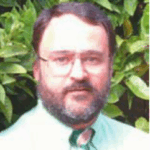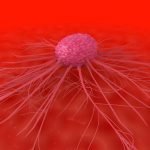Abnormal Cell Growth in Light of Naturopathic Philosophy
Arlan Cage, ND, MSOM, MS
Cancer conjures up fearful images for most people: relatives or loved ones wasting away in a slow, painful process of suffering and increasing loss of body functions, finally ending in a death which many will describe as “merciful” since it finally brought an end to their lingering, demoralizing illness. But is this outcome really inevitable? Doesn’t naturopathic philosophy tell us that there are no incurable diseases and that we all have an innate ability to heal?
Conventional therapies, as we know, consist of surgical excision of the cancerous lesion; chemotherapy, which is intended to kill the cancerous cells before they destroy enough healthy cells to kill the patient; or radiation therapy, again intended to annihilate cancerous cells without causing enough collateral damage to adjacent healthy tissue that the patient dies. Conventional treatment that’s even more creative will combine two, or even all three of these, in an attempt to improve outcomes. On average, recurrence rates are high and recovery rates low, facts which are easily understood from the point of view of the naturopathic maxim: Tolle Causam – Treat the Root Cause. None of these conventional treatment modalities deal with the underlying conditions which allowed the cancer to develop in the first place. Additionally, all the conventional therapies are replete with side effects, often more detrimental than the disease itself.
Most alternative treatments are aimed at accomplishing the same goals as conventional treatment – killing cancer cells, or at least interfering in the cancer progression process – by using safer, natural substances and with fewer side effects. Natural substances have been found to inhibit angiogenesis; disrupt cell-to-cell communication by turning on apoptosis, or “do die” signals and turning off the “don’t die” signals; interfering in the DNA replication process; limiting metastasis, and the list goes on. This body of knowledge is an extraordinarily valuable addition to the armamentarium against cancer. Yet, while the level of knowledge about these cancer progression steps is high and the science behind many natural products affecting them is quite good, the same situation describing conventional therapies also pertains to most alternative treatments: they do not address the root cause of cancer.
The key question then becomes, “Why do cells become cancerous?” The literature is replete with theories, from radiation to environmental toxins, smoking, poor nutrition, genetics, and more. The recent focus has primarily been on the cellular level. Conventional science focuses not merely on the cell in general, but in particular on the nucleus and DNA, trying to determine what causes DNA to go haywire, as it is sometimes described. This is classic, reductionist philosophy in action: look at smaller and smaller pieces to try and infer accurate conclusions about the whole. What is frequently lacking in all these discussions of DNA replication, intercellular signaling and biochemical pathways, is the fact that all these processes are taking place inside a human being.
Abnormal Cells
Cancerous cells are body cells that were once normal, but that began to function abnormally. They can arise in virtually any tissue in the body. It is important to note that cancerous cells are not the only types of abnormally growing cells to occur in our bodies. Warts, keratoses, neuromas, bone spurs, fibroids, cysts, and hypertrophic organs (thyroids, prostates, etc.) are all examples of cells growing or functioning in abnormal ways. Some of these are known to be possible precursors to cancer.
While studying the basic sciences in the first year of naturopathic school, I remember finding all of them fairly straightforward, except Pathology. Anatomy, Physiology, Biochemistry – they all had their own system of logic; master that, and learning the mountains of data within each subject became much easier. Pathology, however, seemed to defy logic. It was during those three, painful Pathology quarters that I really came to appreciate the phrase “memorizing the phone book”, because there seemed to be absolutely no system of logic to it whatsoever.
It was about two years later during a Hydrotherapy class, of all places, that I first heard about the system of pathology known as Homotoxicology. Suddenly, almost instantly, the light bulbs went on. Here at last was the system of logic that should have been included in the Pathology courses!
Homotoxicology is a 6-stage theory of disease proposed by the German scientist and Homeopathic doctor, Hans-Heinrich Reckeweg in 1955. Reckeweg states that as cells become diseased, they move through a very predictable series of steps of increasing levels of pathology (shown in fig. 1), ultimately culminating in cancer. This process, he claimed, was due to the accumulation of toxins in the body. Toxins can be either endogenously generated metabolic wastes that have been improperly cleared, or exogenous toxins from the environment. It can also include concepts of an internal environment that is too acidic or alkaline. One observation of my own would be that this explanation also needs to include nutritional deficiencies. Vitamin C deficiency, for example, can clearly lead to connective tissue breakdown and death from scurvy.
In Reckeweg’s theory, there is also a progression of disease from more superficial tissues to deeper organs, based on the embryonic tissue layer from which they derive. Ectoderm gives rise to skin and the nervous system, for example, and thus skin cancers are less serious than cancers of the digestive system, which arise from mesoderm, which in turn are less serious than cancers of the endocrine organs, which arise from endoderm.
Reckeweg’s theory fits nicely with traditional naturopathic philosophy. In Philosophy of Natural Therapeutics (Lindlahr, 1918), the primary effects of disease are stated as:
“1. Lowered vitality, 2. Abnormal composition of blood and lymph, and 3. Accumulation of waste matter, morbid materials and poisons. These conditions are identical with disease, because they tend to lower, hinder or inhibit normal function (harmonious vibration), and because they engender and promote destruction of living tissues.”
Beyond what I feel is a slight need to update Reckeweg’s theory to expand the strict definition of toxins as the only cause of disease into a broader definition of an “Altered Cellular Environment”, I think this theory is largely correct and is one of several important pieces of the puzzle for understanding why cells become altered and the body produces cancer.
One limitation of Reckeweg’s theory, though, is that it still only addresses the issue of disease from a purely physical level. To understand why this is important with respect to cancer, it will help to review the basic concepts of Holism.

Holistic Model of Health and Disease
What seems to be missing from most theories of cancer development, as well as most philosophies of cancer treatment, is a complete understanding of the holistic nature of the human being. Figure 2 is a graphical representation of the major aspects of human nature, and includes the physical, emotional, mental and spiritual levels, interconnected by a combination of energetic structures I am referring to as the Energetic Anatomy. This model is based on a compilation from a variety of sources in fields of alternative medicine, spirituality and psychology. When simplified to the core essence, most sources support the notion of distinct physical, emotional and mental natures. Modern psychological theories often refer to these latter two as the subconscious and conscious mind. The more modern and scientific the theory, the less likely they are to include a spiritual nature of humans in their discussion, but I have included it here since the spiritual nature of humanity is a core part of most theories of alternative medicine, including naturopathy.
Traditionally there is a hierarchy between these levels with the physical body at the lowest and the spiritual aspect at the highest. Different energy frequencies are often ascribed to these levels, and again, the physical body is associated with the lowest frequencies and the spiritual level with the highest. For a more thorough discussion of this, see Vibrational Medicine (Gerber, 1988, 1996).
A key to this particular approach to holism is the concept of the Energetic Anatomy. This would include various concepts such as the Chakras of Ayurvedic traditions, as well as the Meridians and Acupoints of Oriental Medicine. Very briefly, the Chakras seem to be most associated with interconnections between the various levels, and the Meridians are primarily responsible for the distribution of Energy within the physical level. The latest scientific investigations of the acupuncture meridians seem to suggest that energy of some type is conducted along pathways in the body’s connective tissues, which are known to possess semiconducting properties. These connective tissues, in turn, are connected to every cell in the body, and by means of the cytoskeleton, directly to the DNA. More thorough explanations can be found in Energy Medicine (Oschman, 2000).
This concept of the Energetic Anatomical structures and the Energy conducted by them is entirely harmonious with a third naturopathic principle, the Vis Medicatrix Naturae – the Healing Power of Nature, often referred to as the Vital Force. When exploring the roots of Vitalism through European history, the oldest references trace back to the system of Greek Medicine, of which Hippocrates was a practitioner. It is believed that Greek medicine was heavily influenced by its association with Ayurvedic medicine from India, and to a lesser extent by Chinese medicine. Thus, the term Vital Force appears to be the European translation of Qi or Prana, whose Asian sources clearly antedate the European terminology. For a good discussion of the history of Vitalism and Greek Medicine, see The Energetics of Western Herbs, Vol. I (Holmes, 1997).
The world of Modern Physics is beginning to confirm that the Neoconfucianist model of Qi, which is the most complete model of Qi handed down to modern practitioners of Chinese medicine, is almost identical in description to a theory of energy and matter known as the Quantum Field Theory. Quantum Field Theory arose out of an attempt to unify the theories of Quantum Mechanics and Relativity. Detailed discussions of these parallels between the two are clearly beyond the scope of this article; suffice it to say that modern physics has begun providing both theoretical and experimental evidence that the concepts of Qi, Prana, and the Vital Force are in fact scientifically valid. This seems to support the notion that the Energetic Anatomy is an extremely important aspect of the holistic nature of all living things. For a more detailed discussion, please see The Dancing Wu Li Masters (Zukav, 1979) or The Tao of Physics (Capra, 1976).
In summary, this holistic model of human nature places equal weight on each of the five levels: Physical, Emotional, Mental, Spiritual and Energetic Anatomy. Disharmony (i.e., illness) can originate on any one of these levels and then be transmitted to any or all of the others via the energetic anatomy. This is one possible explanation of how a mental or spiritual disharmony could subsequently result in abnormal cell growth.
Oriental medical traditions have long held that the proper flow of Qi in the body is essential for health. If the flow of this Qi/Energy is interrupted or its frequency is altered away from some optimum level, then the proper conditions for normal cellular internal environment will be altered. As we saw earlier in the discussions of Reckeweg’s theory, it is an altered cellular environment that can precipitate the conversion from healthy cells to cancerous ones.
We can now begin to see why most conventional and even alternative treatments of cancer fail. The conventional therapies and natural products used to intervene in the chain of cancer progression are all acting on strictly a physical level. As such, they will only be addressing at most 20% of the individual’s potential problems and may miss the root cause entirely. One of the core naturopathic principles is Tolle Totum – Treat the Whole Person. To truly meet this burden, we as naturopathic physicians must ensure our definition of the Whole Person also includes the emotional, mental, spiritual and energetic anatomical levels, along with the physical.

Arlan Cage, ND, MSOM, MS earned his doctorate in Naturopathic Medicine fromthe Southwest College of Naturopathic Medicine in Tempe, AZ, and earned a Master of Science in Oriental Medicine from Samra University in Los Angeles . He lives in Redondo Beach, CA and practices in neighboring Torrance, where he specializes in natural approaches to internal medicine with an emphasis on endocrinology, gastroenterology and oncology. Prior to becoming a Naturopathic physician, Dr. Cage had a bachelors in Physics and Astronomy, a Masters degree in Space Technology, and a 16 year career in the aerospace industry.









